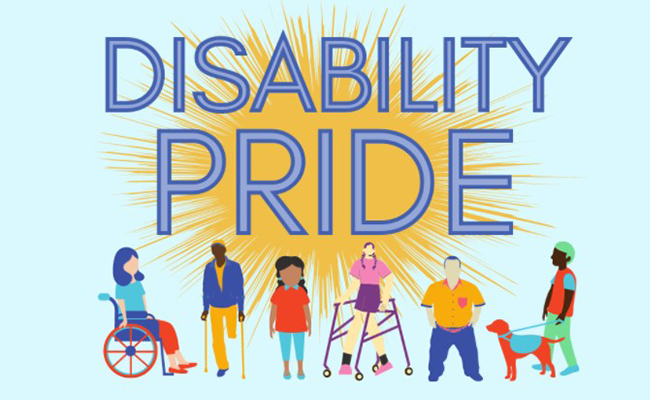1 in 5. 20%. That’s how many Americans live with disabilities.
The number might be surprising. It might seem implausible. But disability comes in diverse and complex forms— some are visible… yet, a great many disabilities are invisible. As a result of the wide range of conditions that can cause disability, there’s often no uniform notion of what disability “looks like.” Or what disability “should be.” Sadly, in years past, this fuzzy concept of disability prevented diverse groups of disabled folks from banding together under a common cause. A common purpose. This made it more difficult for disabled people to fight together for supportive legislation, civil rights, community accessibility and, most critically, societal acceptance.
But, in recent decades, this has begun to change. In the years leading up to the Americans with Disabilities Act (ADA) of 1990, disabled people fought tirelessly for the rights they had been denied for so long. They harangued lawmakers, held rallies, and even chained their wheelchairs to inaccessible government buildings in protest.
By bringing the notion of disability into the public sphere, they began to rewrite the narrative about it. No longer would they stay in the shadows. Their voices mattered. Their lives had value and purpose. Even with the amazing diversity in the disability community, they still had more similarities than differences. And only by banding together— and lifting each other up— would they all succeed and move forward.
It was in this spirit that Disability Pride Month was created. Since the ADA was signed into law on July 26, 1990, each July commemorates this landmark legislation and many celebrate Disability Pride Month. While there is no official designation for this holiday, it is still honored in cities and communities across the country.
Despite this monumental legislation, and the positive strides taken in recent years, the disability rights movement still has a long way to go. Barriers still exist that make it hard for disabled people to live the independent lives they deserve. Societal stigmas continue to interfere with employment and educational opportunities. And let’s not forget— disabled voices should be amplified all year long, not just in July.
Yet, Disability Pride Month does give us a chance to focus on the issues that impact disabled lives— and what we can ALL do to be better allies and supporters of the disabled community.
Are you looking for ideas on how to be a better ally this Disability Pride Month? Here’s a list of what you can do to help:
— Vote for political candidates that value disability rights, community support programs, in-home services, and advocate for inclusion. Ask candidates for their policies on disability issues and what they plan to do to implement them.
— Hire employees with disabilities. Make your business and website accessible to those with mobility, vision, and hearing conditions.
— Support businesses and corporations that hire disabled employees. Speak out against those that don’t.
— Amplify disabled voices whenever possible. Share their stories on social media. Follow disabled writers, artists, and advocates.
— Use the word “disabled.” Abandon use of veiled euphemisms like “special needs,” or “differently-abled.” These terms can have unforeseen negative impacts and they also interfere in the unifying work of the disability advocacy community.
— Understand the diversity within the disability community. Not all disabled experiences are the same— and disabled people of color and LGBTQI+ disabled people face even deeper challenges and marginalization.
— Lastly, when in doubt, don’t be afraid to ask questions and reach out. Ask what you can do to help. But, most important of all— listen. The disabled have much to share with you.
Happy Disability Pride Month, all!

